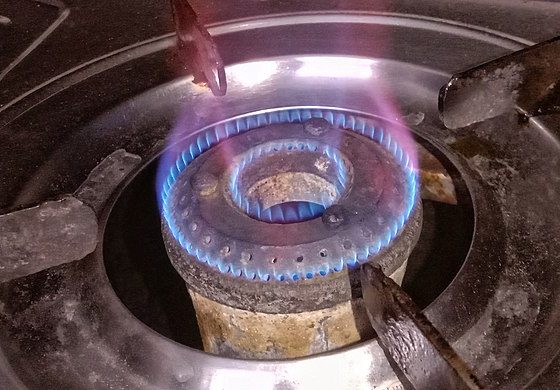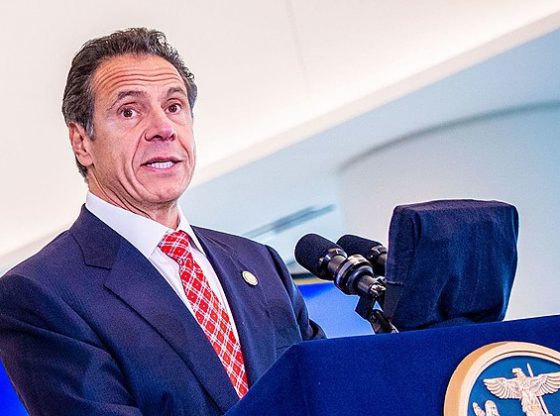The Biden administration’s regulations targeting appliances will likely make life considerably more expensive, energy policy experts told the Daily Caller News Foundation.
The administration’s rulemakings have covered key appliances like air conditioners, refrigerators, water heaters and furnaces, generally setting the market on course to feature energy efficient models — which are often more expensive — and marginalize less efficient alternatives. Cumulatively, the models the administration is pushing and their higher costs figure to impose hundreds or thousands of dollars of extra expenses on consumers, a burden that will hit working- and middle-class Americans hardest, according to policy analysts who spoke with the DCNF.
“We have not seen a situation where the newly mandated, more energy efficient, technically complex models are cheaper than the existing models while doing anything close to the same job for key consumer functions as the existing models,” O.H. Skinner, executive director of the Alliance for Consumers, told the DCNF. “What we are seeing is, in essence, what used to be available as a ‘pay more now for the more efficient model that might save you money over time in certain circumstances’ is effectively becoming the model that the government says must be produced instead of other cheaper options.”
The Alliance for Consumers has conducted its own research to determine how much more money Americans will spend on various appliances under the Biden administration’s regulations, finding that the policies will increase expenses for the average American home by more than $9,000.
“If these ultra-efficient appliances make sense, homeowners would choose them even without these government mandates. One-size-fits-all regulations force that choice on everyone whether it makes sense or not,” Ben Lieberman, a senior fellow at the Competitive Enterprise Institute specializing in energy policy, told the DCNF. “In addition, the often-modest savings are often not worth the hassle, for example with dishwashers that now take more than two hours to finish a load of dishes as compared to about an hour before the government started meddling with them.”
Lieberman authored a Monday piece for The Wall Street Journal examining the costs tied to the administration’s January 2023 efficiency rules for residential air conditioners. He wrote that regulation has teamed up with other economic factors to massively increase the costs of new residential units, which has doubled in some instances to about $12,000 since 2020.
The Department of Energy (DOE) has also proposed to tighten the energy efficiency standards for residential refrigerators, refrigerator-freezers and freezers. The agency concedes that the proposal would create total costs of up to $590 million each year, but asserts that those costs are dwarfed by money saved on energy, as well as climate and health benefits.
Similarly, the DOE anticipates that its energy efficiency proposal for clothes dryers will impose new annual costs ranging from about $57 million to $60 million, but that those costs will be far exceeded by the long-term savings on energy and climate and benefits associated with emissions reductions driven by the policy.
The DOE has also enacted new energy efficiency standards for furnaces, projecting that the standards will create about $500 million of annualized costs while providing about $2.5 billion worth of combined benefits each year. The agency’s efficiency standards for water heaters, meanwhile, will cost about $2.2 billion each year in increased equipment costs against more than $10 billion worth of overall benefits.
However, marginal savings on energy bills spread out over a long period of time may not be especially impactful given that many Americans cannot afford to wait through such a long payback period and that other Biden administration policies may drive up electricity prices in the future, Diana Furchtgott-Roth, director of the Heritage Foundation’s Center for Energy, Climate and Environment, told the DCNF. At the same time, Americans are spending more on appliances and more frequently today than they were 15 years ago, according to CNBC, trends that Furchtgott-Roth attributes in part to energy efficiency regulations.
“Poorer people can’t afford the immediate upfront cost of more expensive appliances,” Furchtgott-Roth told the DCNF. “The government is also raising wages, which makes it harder to get your current appliances fixed. So it becomes more expensive to get your appliances fixed, and you’re basically almost forced to buy a new one, because it’s harder to fix the current ones. So, it used to be that if a dryer broke, someone will come and fix your dryer, and it will work for another five years. Now, someone comes and says ‘Okay, you’ve got to buy a new dryer.’”
The appliances that Americans buy and use will also have little impact on global temperatures given that entire economies, like India and China, do not appear to be nearly close to transitioning away from fossil fuels anytime soon, Furchtgott-Roth added.
Neither the DOE nor the White House responded immediately to requests for comment.
















